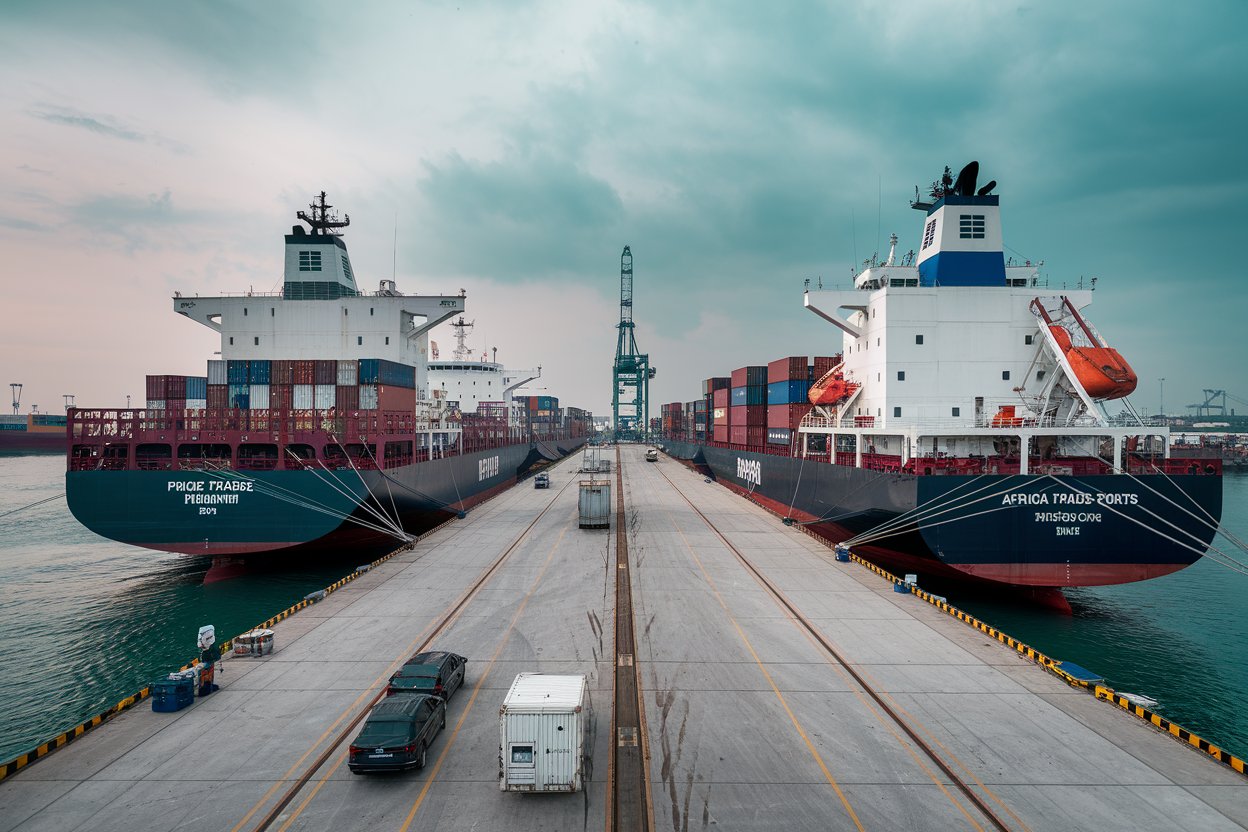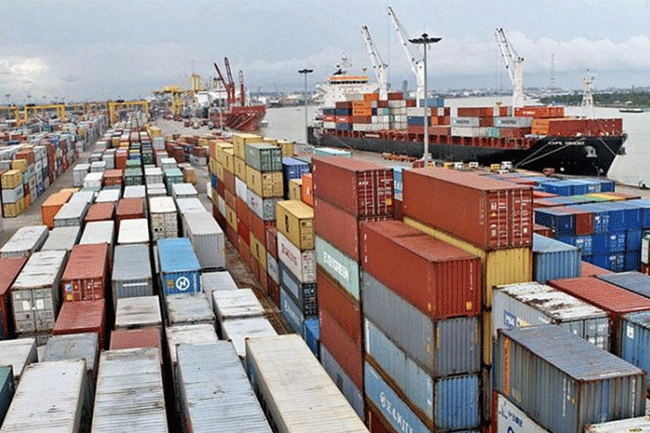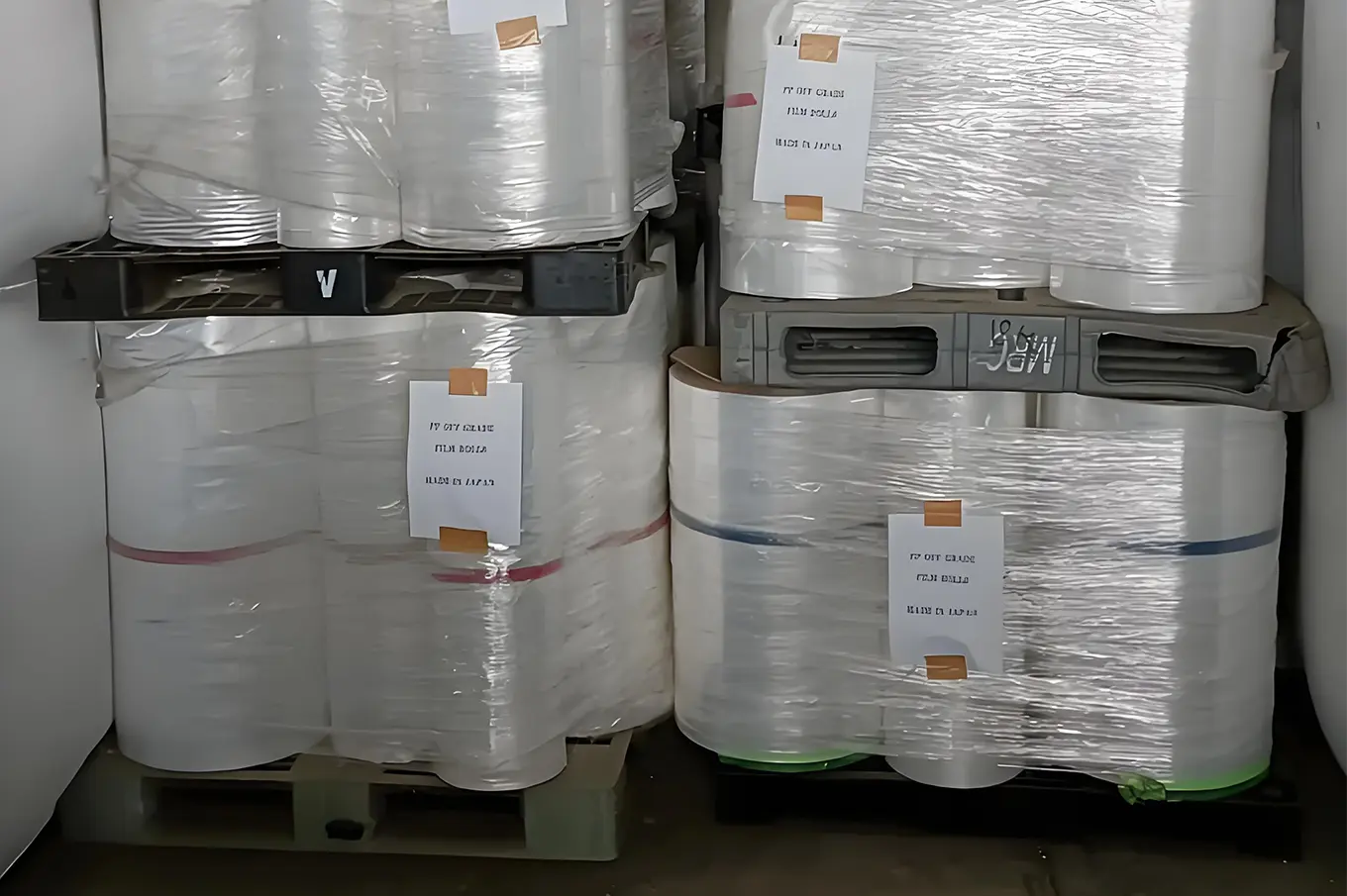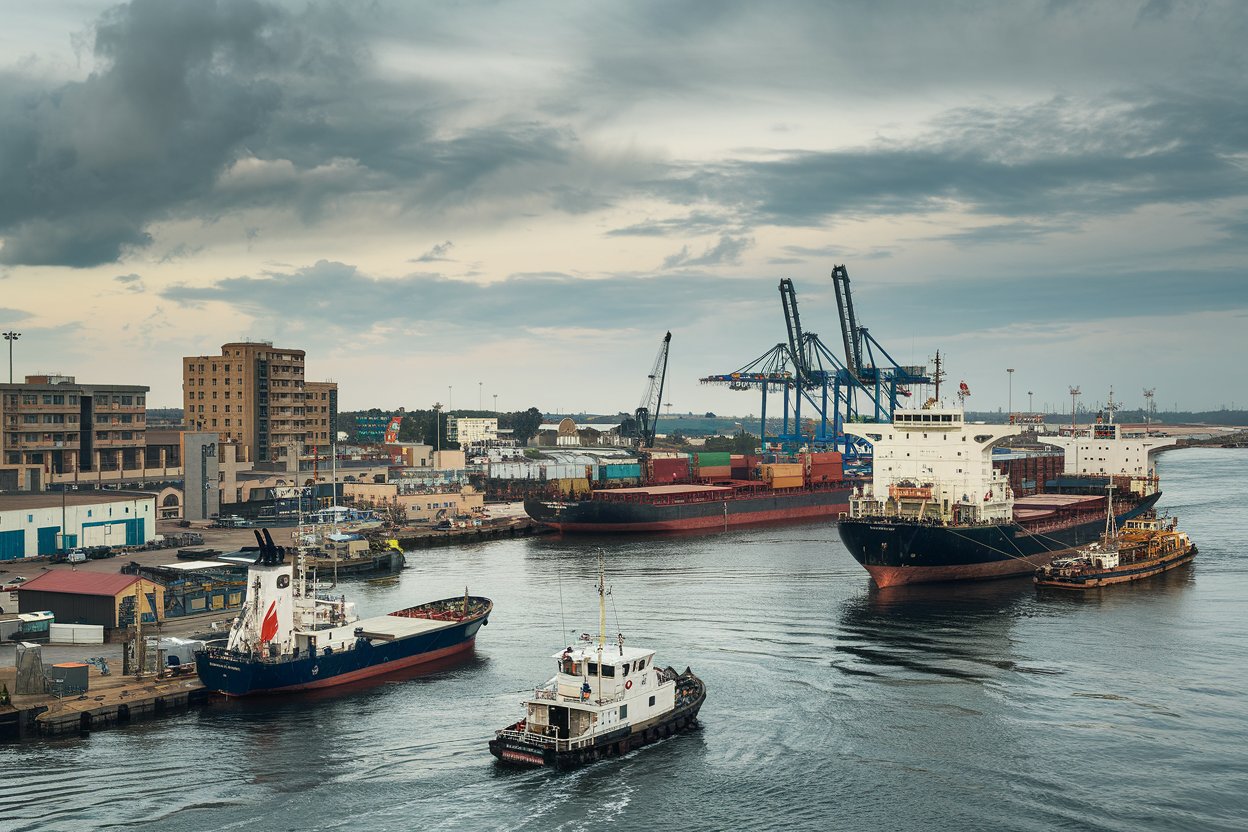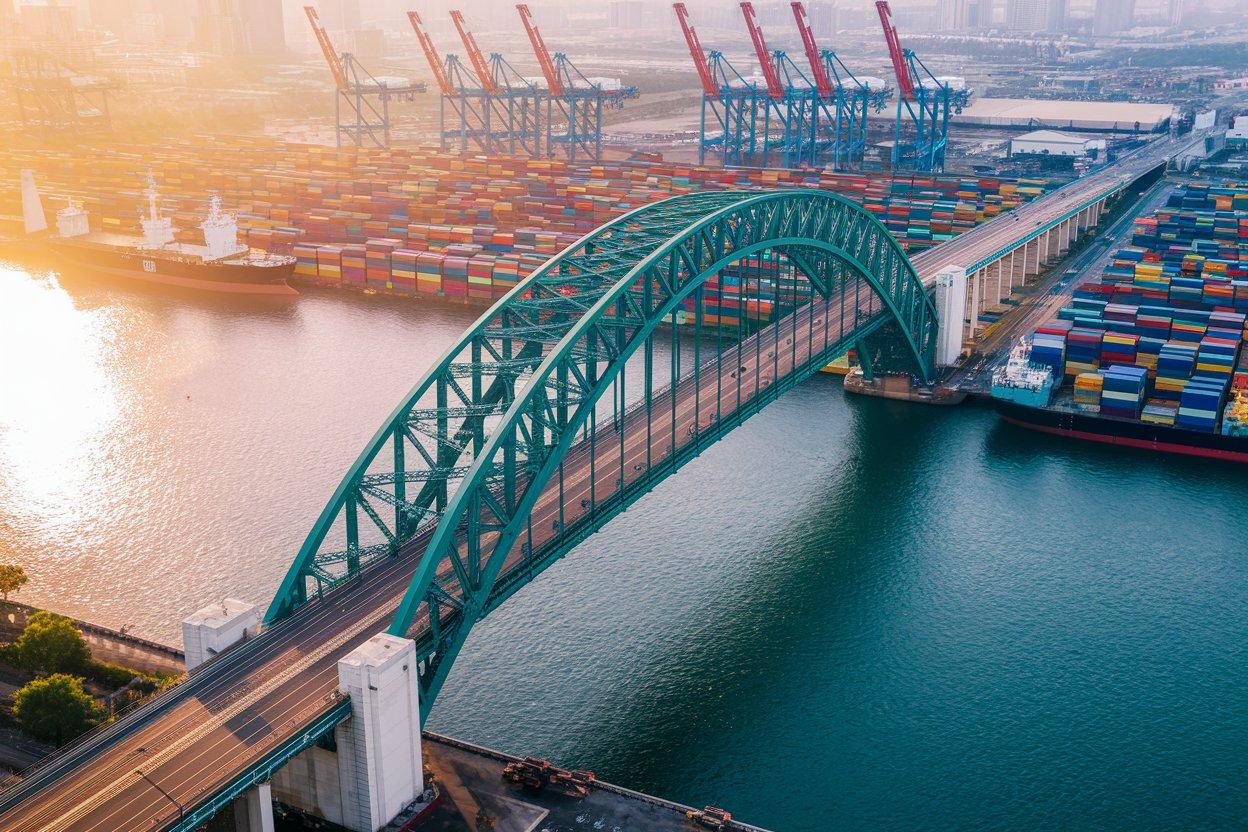- Shanghai Zhongshen International Trading Co., Ltd. – Your reliable partner with 20 years of import/export agency service expertise.
In international trade, the export declaration of chemical products is always challenging, especially when companies keep crucial information secret from their business staff to protect their core formulas. Without access to key materials such as MSDS (Material Safety Data Sheets) and ingredient lists, sales staff have to fill out declarations based on guesswork, trembling with fear during the process. On one hand, financial audits reveal discrepancies between customs declarations and raw material inventories, while on the other hand, companies refuse to disclose details due to concerns about leaks. Even suggesting to only list general categories of substances still proves troublesome in practice. Today, let's discuss this common problem and some practical solutions to make the declaration process more manageable.

The logic behind the need for confidentiality
It's quite normal for companies to be reluctant to disclose their formulas easily. The core competitiveness of chemical products often lies in those exclusive ingredients, and leaking them might allow competitors to copy them, causing huge losses. Therefore, many enterprises strictly control the internal flow of information and only provide sales staff with the minimum necessary information. However, this also brings trouble: when declaring goods, customs and transportation companies require accurate MSDS and ingredient data. If the information is filled in incorrectly, it's easy to encounter problems or even face fines. During financial reconciliation, if the "estimated values" on the customs declaration don't match the actual inventory, it will lead to internal audit issues.
Common pain points and risks
- The declaration is inaccurate: Salespeople often fill in the ingredients based on their experience or general categories, which is prone to errors. For example, if the customs inspection finds that the actual goods do not match the declared ones, the risk of returns or seizures will increase significantly.
- Transportation challenges:Air freightorMaritime transportThe safety requirements for chemical products are high, and if there is no complete MSDS, logistics companies may refuse to accept them.
- Internal conflictsWhen the finance department notices the discrepancies, they may question the business operations. However, the company is reluctant to provide any further information, leaving the sales staff in a dilemma, torn between two conflicting demands.
If these problems are not solved, the export efficiency will be low, the cost will be high, and it may also affect the company's reputation.
Practical coping strategies
Fortunately, there's always a way to strike a balance between confidentiality and compliance. Based on practical experience, the following tips will help you resolve the issue step by step:
- Handle the range values with fuzzy processingNo need for exact numbers. You can write it as a range. For example, water 10-20%, a certain solvent 5-15%. This way, you won't disclose the formula and still meet the declaration requirements. If the company agrees, this approach is simple and effective.
- The consulting laboratory has issued the reportLet the company's laboratory or third-party agencies help generate MSDS and safety reports. They can issue documents based on general information, avoiding sales representatives from "guessing blindly". Once the reports are ready, the declaration process will be smooth sailing.
- Internal communication upgradeHave a chat with the company's senior management and emphasize the importance of accurate declaration for exports. It is recommended to establish a "minimal disclosure" mechanism, providing sales staff with only the necessary data without compromising confidentiality.
- With the help of professional toolsEstimate the components using software or templates, and fill out the declaration form based on historical data. For complex product categories, it's more convenient to ask freight forwarders or customs brokers to assist with the review, which saves a lot of hassle.
- Prevention is the priorityWhen discussing the deal, make sure to clarify the destination requirements and prepare the necessary documents in advance. For high-risk chemical products, it's advisable to prepare multiple solutions to avoid rushing to find solutions at the last minute.
These methods are not difficult to implement. The key is to communicate more. If the company and the business work together, the problem will be easier to solve.
Conclusion
The confidentiality challenges in chemical product declarations may seem daunting, but they can actually be easily resolved through range values, laboratory support, and internal coordination. Striking a balance between confidentiality and compliance will pave the way for broader export opportunities. We hope these practical tips will help you navigate your daily work with greater ease and ensure your business operations run smoothly!
Related recommendations
- Can your equipment export partners withstand customs spot checks?
- You want to sell purifiers to Bremerhaven without having the right to export? Zhong Shen International Trade Co., Ltd. will collect the US dollars for you
- Can you secure the order from Bremen even without import and export rights? Get the CE tax rebate in just one step!
- A Comprehensive Guide to Importing Swiss Dark Chocolate: A Professional Customs Clearance Guide for Document Compliance and Logistics Optimization
- CE certification and tax refund all handled for you? Hassle-free export clearance for Bremen water quality meters
? 2025. All Rights Reserved.
